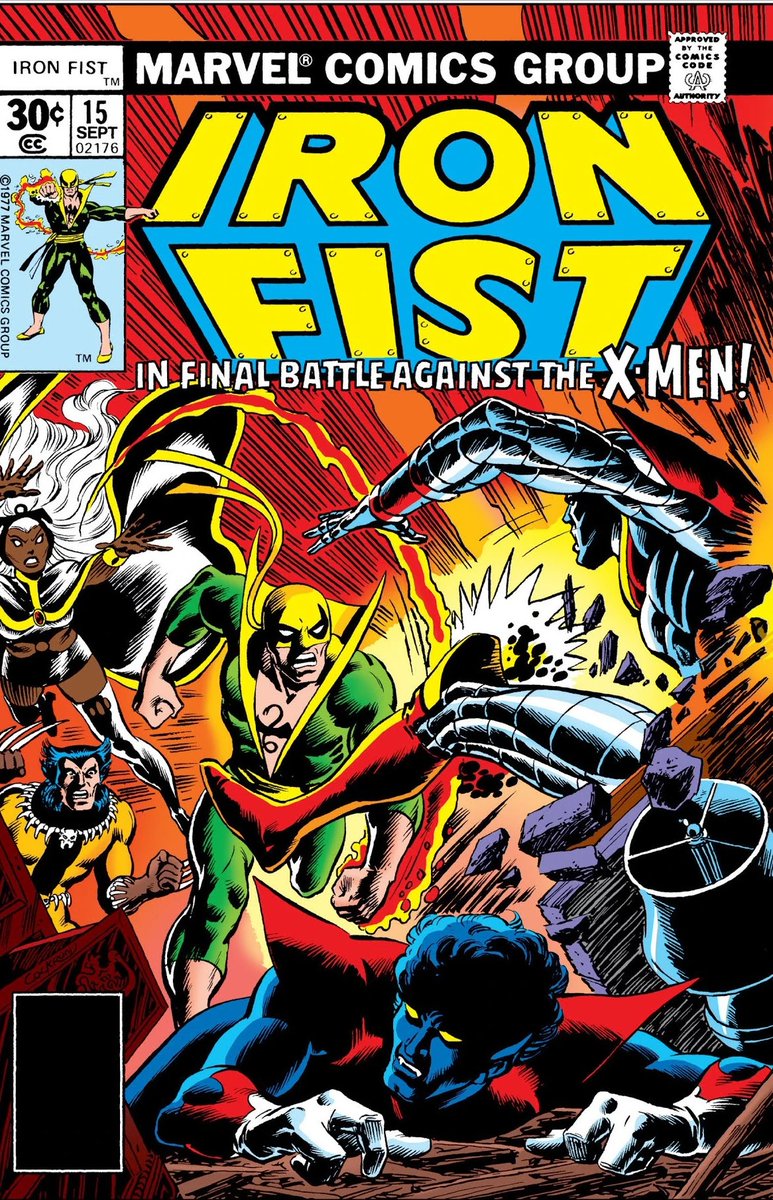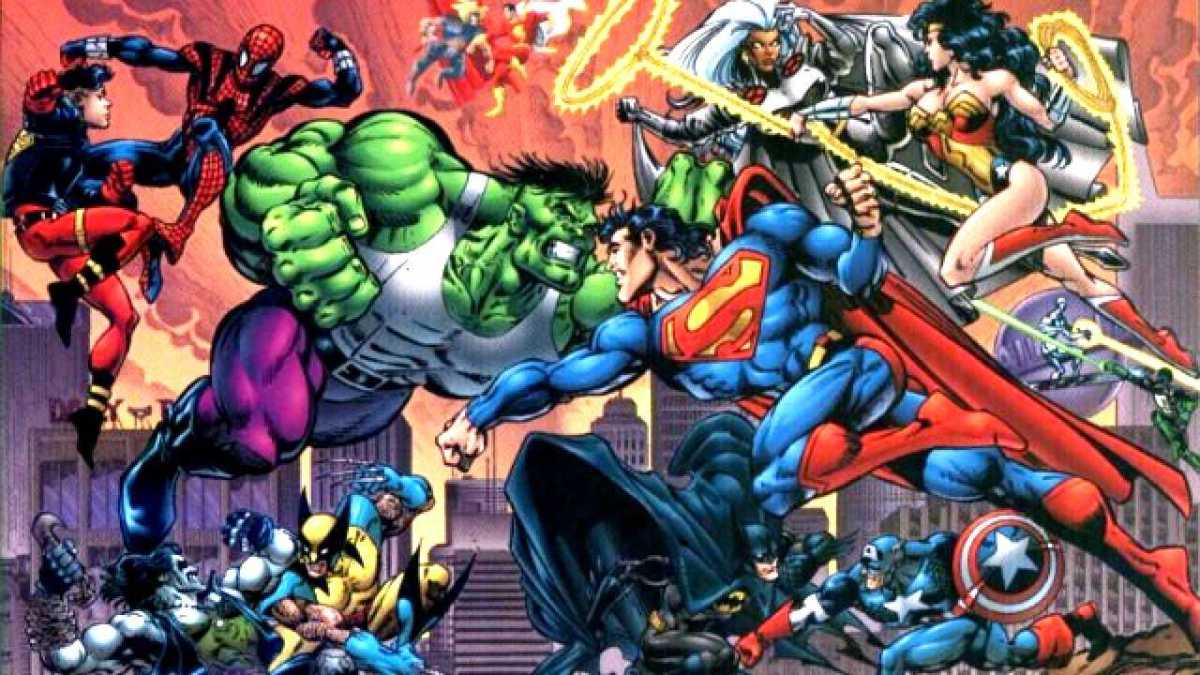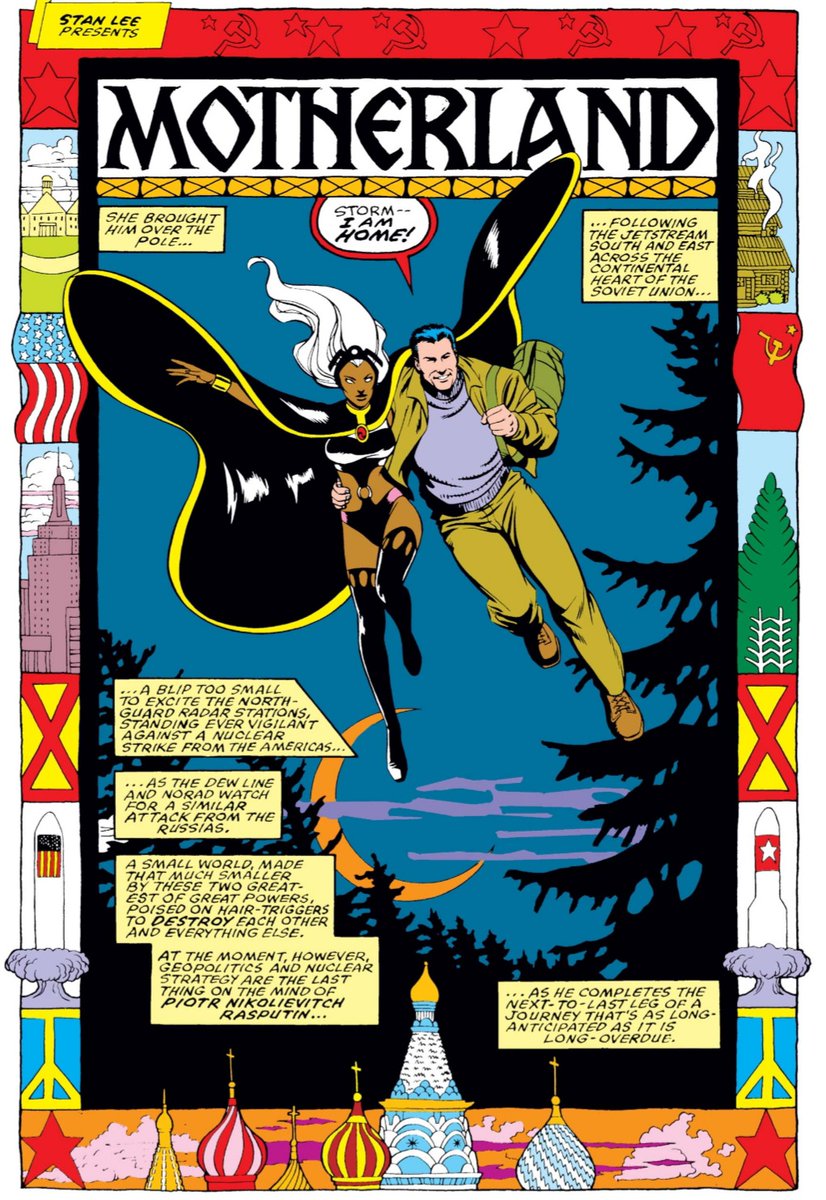
In his chapter on “Marvel, X-Men, and the Negotiated Process of Expansion” from the book “Convergence Media History,” scholar Derek Johnson describes how the aggressive expansion of the X-line was necessitated by the emergence of the direct market in comics. #xmen 1/7 

“Comic distribution in the 1980s had shifted away from mass-market drug stores and newsstands towards the ‘direct’ market, where specialty retailers gauged audience demand and ordered products directly from the publisher on a no-returns basis.” 2/7 

“With retailers eating the cost of unsold titles, the market for content contracted, with only those titles which retailers felt confident they could sell reaching the shelves.” This meant that name recognition and intellectual property suddenly became much more important. 3/7 

As Johnson describes, this also created a “zero sum game” where selling a new Marvel title to a retailer could result in said retailer purchasing one less DC comic to sell to their consumers, and thus Marvel could help itself while hurting the competition through expansion. 4/7 

“By launching New Mutants but also several additional mini-series like X-Men and the Micronauts and Illyana and Storm that drew upon the X-Men name and characters, Marvel forced a choice upon its readers:” 5/7 

“Obtain the full X-Men experience by buying multiple titles, or spend that money on the competition and miss out. This franchise strategy of expansion, therefore, emerged as a negotiation of direct market conflicts.” 6/7 

How that expansion impacted UXM is hard to say. While it increases the visibility of the broader franchise and expands the canvas that Claremont and team had to work with, it also can be seen to dilute the overall impact of the series and create some internal conflicts. 7/7 

We did a video essay on the X-Spinoffs a couple years ago as well:
• • •
Missing some Tweet in this thread? You can try to
force a refresh


















